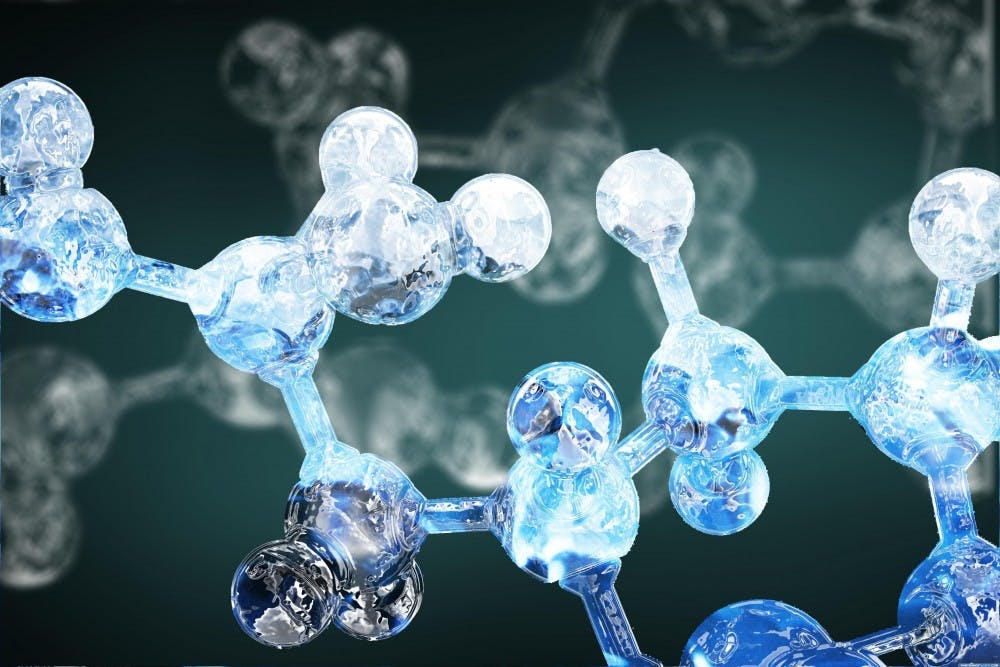The Hudson Lab at UCLA has successfully used physics to tame elements of chemistry. The UCLA research team, led by Eric Hudson, was able to create a new molecule called barium-oxygen-calcium (BaOCa+).
At first glance the idea of a scientist creating a new molecule in a lab seems like an everyday occurrence. However BaOCa+ is a truly special formation. As the first molecule ever observed by scientists to contain an atom of oxygen bonded with two distinct metals. Hudon’s discovery flies in the face of one of chemistry’s traditional rules.
The octet rule, formulated decades ago by physical chemist Gilbert N. Lewis, is a common chemical rule of thumb that says atoms of most elements tend to combine so that they are surrounded by eight electrons. Although some exceptions to the octet rule have been observed, none were as significant as BaOCa+.
The importance of BaOCa+ hinges not only on its existence but also on the means by which it came to exist in the first place.
What truly stands out about this particular chemistry breakthrough is the role physics played in it. Hudson’s success with BaOCa+ stems from his use of tools common in physics laboratories like lasers, ion traps and ultra-cold atom traps to address problems in chemistry.
The Hudson Lab used lasers to cool the atoms and molecules, which was necessary for reactions of one thousandth of a degree above absolute zero.
The team then moved the cooled atoms and molecules into a microscopic space (smaller than the width of the hair on your head) inside a vacuum chamber for observation.
The precision of the tools used allowed scientists to observe properties of the atoms and molecules they would not have been able to see otherwise. This physics-driven method allowed the team to hold samples of atoms and observe chemical reactions one molecule at a time.
Additionally this method can be used to emulate conditions in outer space, a feature that could potentially help scientists understand how certain molecules exist in space.
This could even help answer some questions surrounding the Big Bang and the origins of matter and life in this universe.
The method used by Hudson and his research team is part of a growing new subfield of chemistry that relies on the instruments of ultra-cold physics. Researchers have learned to use lasers and electromagnetism to control and observe single-particle reactions, uncovering new secrets within chemistry.
As Hudson Lab graduate student researcher Prateek Puri emphasized, the key point behind the success of this experiment comes from the idea that scientists could use these techniques to manufacture important reactions on command.
By learning from this experiment, scientists can preserve food more effectively and develop safer medications in the future.
“We’re essentially creating ‘on buttons’ for reactions,” Puri said, according to ScienceDaily. “Experiments like these pave the way for developing new methods for controlling chemistry.”
The success Hudson has had applying physics to solve problems in chemistry has him hoping that other scientists are encouraged to close the gap between the different scientific fields.
Hudson also made clear that central to the success of his experiment was the collaboration between scientists with different backgrounds and education.
What the future has in store is never clear, but the applications of Hudson’s discoveries could have dramatic effects on how scientists interact with chemicals.























Please note All comments are eligible for publication in The News-Letter.